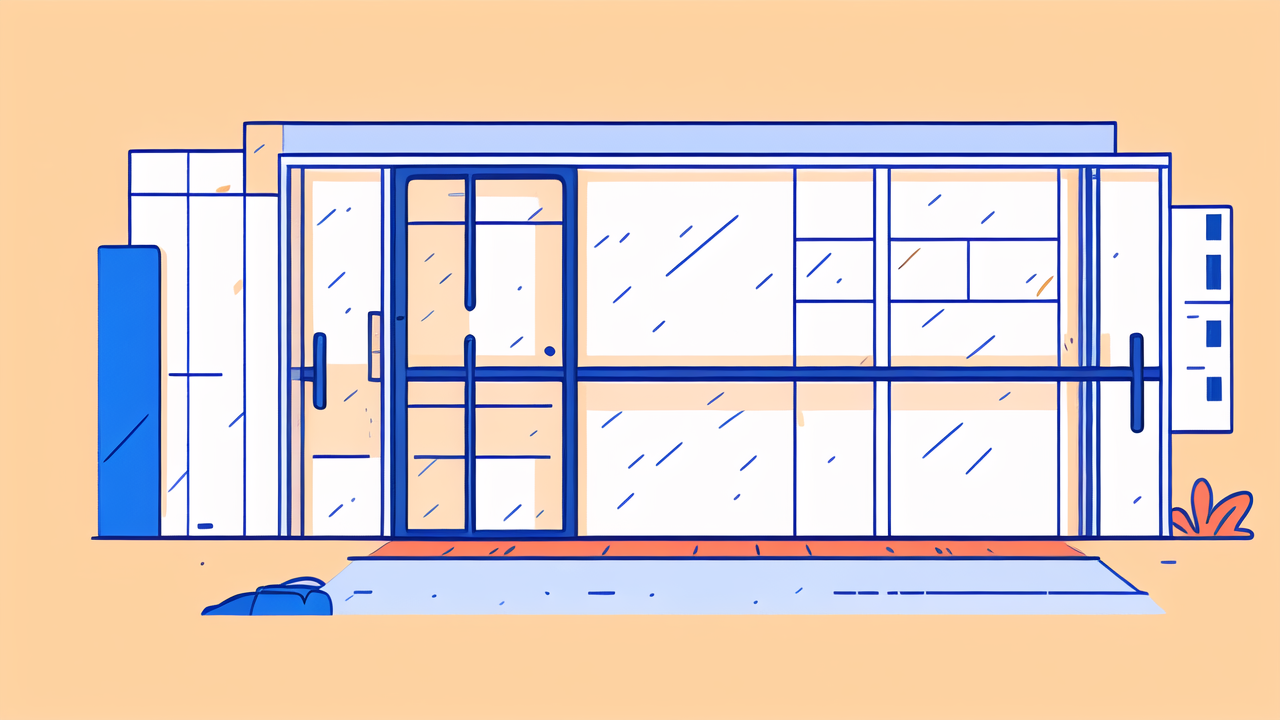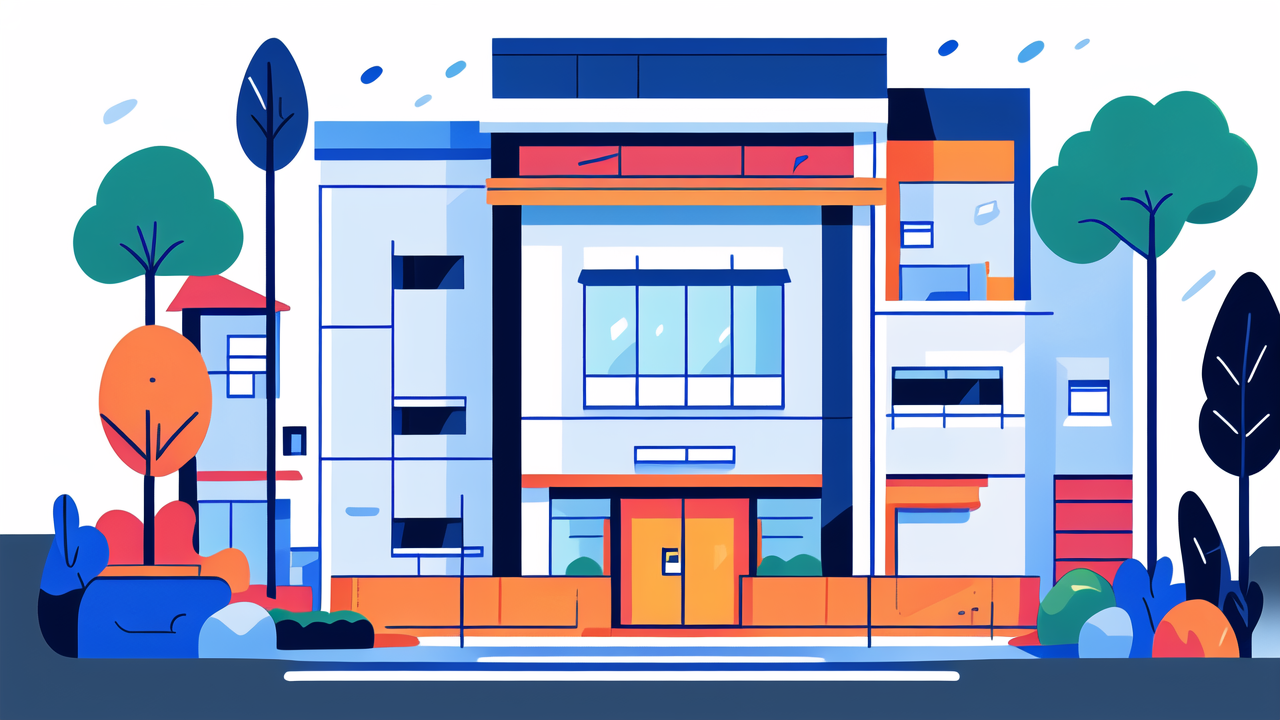Understanding Composite Fencing Materials and Techniques
The Advantages of Composite Fencing in the United States
Composite fencing is gaining popularity in the US for good reasons. It offers durability that surpasses traditional wood fences. Unlike wood, composite fences don't rot, warp, or splinter. This means less maintenance for homeowners. Composite fences resist pests and harsh weather conditions. They don't need painting or staining, saving time and money. These fences come in various colors and styles to suit different tastes. They can mimic the look of wood without the drawbacks. Composite fencing is also eco-friendly, often made from recycled materials. This appeals to environmentally conscious consumers. While the initial cost may be higher, it's a smart long-term investment. Composite fences can last for decades with minimal upkeep.

Selecting the Right Composite Fencing Materials for Your Project
Choosing the right composite fencing material is crucial for your project's success. Consider your local climate when selecting materials. For hot areas, look for UV-resistant options to prevent fading. In wet regions, choose moisture-resistant composites to avoid swelling. Think about the color and texture you want for your fence. Some composites mimic wood grain, while others have a modern, smooth finish. Check the warranty offered by different manufacturers. Longer warranties often indicate better quality products. Consider the purpose of your fence when choosing materials. Privacy fences may need different materials than decorative ones. Look at samples before making a decision to ensure you'll be happy with the final look. Don't forget to factor in your budget, but remember that quality composites offer better long-term value.
The Best Manufacturing Techniques for Longevity
Quality manufacturing is key to ensuring your composite fence lasts for years. Look for fences made with co-extrusion technology. This creates a protective outer layer that shields the fence from UV rays and moisture. Seek out products with reinforced cores for added strength and to prevent sagging over time. Some manufacturers use special additives to enhance color retention and weather resistance. Ask about the mixing process of materials used in the fence. Thorough mixing ensures consistent quality throughout the product. Check if the fencing uses virgin or recycled materials. Both can be good, but virgin materials often offer superior longevity. Quality control during production is vital to prevent defects that could shorten the fence's lifespan. Choose manufacturers who prioritize durability in their production processes.
Strategic Design and Installation of Composite Fencing
Innovative Design Ideas for Composite Fencing
Composite fencing offers exciting design possibilities for your property. Consider mixing colors for a unique, eye-catching look. You can create patterns or use contrasting post caps for added interest. Some designs incorporate lighting elements, adding both beauty and functionality to your fence. Think about adding decorative panels or lattice tops to break up the monotony of a solid fence. Curved sections can add visual interest and soften the look of your yard. Some composites allow for custom engravings or designs, making your fence truly one-of-a-kind. Don't forget about gate design – a well-designed gate can be a focal point of your fencing project. Consider how your fence will complement your home's architecture and landscape. Vertical or horizontal layouts can dramatically change the overall look of your fence.

Installation Tips to Maximize Strength and Aesthetics
Proper installation is crucial for a strong, attractive composite fence. Start with a well-planned layout, using string lines to ensure your fence is straight. Dig post holes deep enough for stability, going below the frost line in cold climates. Use concrete for post-setting to provide extra strength and longevity. Allow proper spacing between pickets for expansion, especially important in areas with temperature fluctuations. Use stainless steel fasteners to prevent rust stains on your fence. Follow manufacturer guidelines for cutting and drilling to prevent damage to the material. Consider professional installation for complex designs or if you're not confident in your DIY skills. They have the tools and experience for a perfect finish. Pay attention to ground slope to ensure a level fence top. Proper installation not only improves looks but also extends the life of your fence.
Maintaining Your Composite Fence for Optimal Performance
While composite fences are low-maintenance, some care helps them last even longer. Regular cleaning keeps your fence looking new. Use a mild soap and water solution for routine cleaning. For tougher stains, use cleaners recommended by the manufacturer. Avoid harsh chemicals that could damage the surface of your fence. Inspect your fence annually for any loose parts or damage. Tighten any loose screws or brackets promptly to prevent further issues. Address any ground erosion around posts to prevent fence instability. In wooded areas, trim back branches that could scrape or damage the fence. Remove any debris that accumulates at the base of the fence. This prevents moisture buildup and potential damage. Touch up any scratches with manufacturer-approved products to maintain the fence's appearance and integrity.
Legal and Safety Considerations in Fencing Construction
Understanding the Local Regulations for Fencing in the U.S.
Fencing regulations vary across the U.S., so it's important to check local laws. Many areas have height restrictions for fences, especially in front yards. Some neighborhoods have rules about fence styles and materials. You may need a permit to build a fence, which is common in urban and suburban areas. Property line disputes can arise, so know your boundaries before building. Some places require fences to be set back from property lines. Pool fences often have specific safety requirements, including self-closing gates and minimum heights. Historic districts may have special rules for fence appearance to maintain the area's character. In rural areas, agricultural fencing might have different regulations. Always check with your local building department for current rules before starting your project.

Ensuring Safety While Building Your Composite Fence
Safety should be a top priority when building a composite fence. Wear proper protective gear, including gloves and safety glasses. Use the right tools for cutting and drilling composite materials. Be cautious of flying debris when cutting. Have a first aid kit on hand for minor injuries. When digging, be aware of underground utilities. Call your local utility company to mark lines before digging. Use proper lifting techniques to avoid back injuries when handling heavy materials. Secure loose clothing and tie back long hair when using power tools. Keep your work area clean to prevent tripping hazards. If using a ladder, ensure it's on stable ground. Never work on fencing during storms or high winds. Follow all manufacturer safety guidelines for the materials you're using.
Best Practices for Compliance and Safety Standards
Following best practices ensures a safe, compliant composite fence. Adhere to all local building codes and regulations, including height restrictions and setback requirements. Ensure your fence doesn't obstruct driver visibility at corners, which can be a safety hazard. Use materials that meet safety standards, especially for pool fences. Install gates that open away from pool areas for added safety. Consider the impact of your fence on wildlife if you live in a rural area. Some areas require gaps for animal passage. If your fence is near a sidewalk, ensure it doesn't pose a hazard to pedestrians. Regularly inspect your fence for any safety issues and address problems promptly. Keep records of your fence's installation and any permits obtained. This documentation can be helpful for future reference or if you sell your property.
